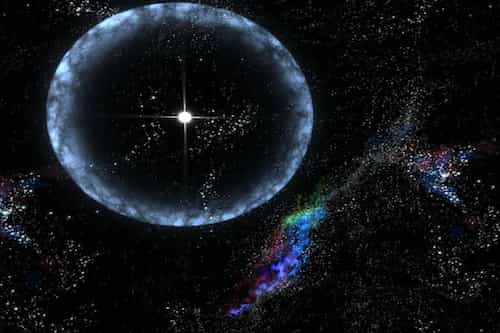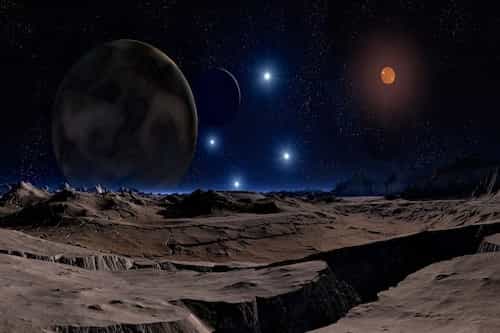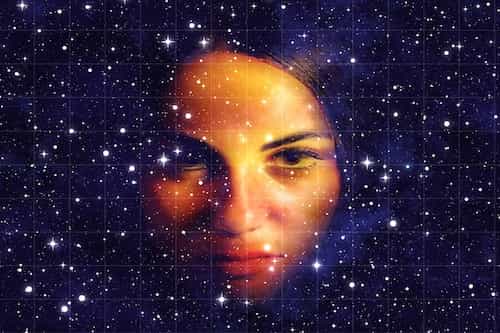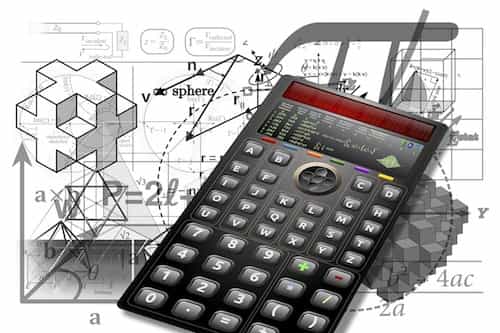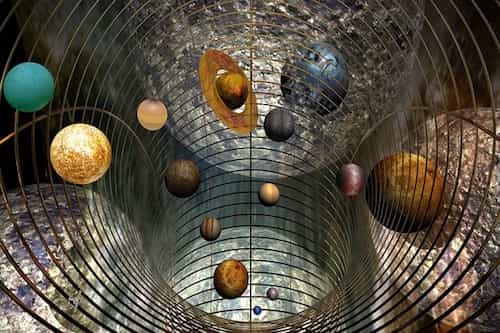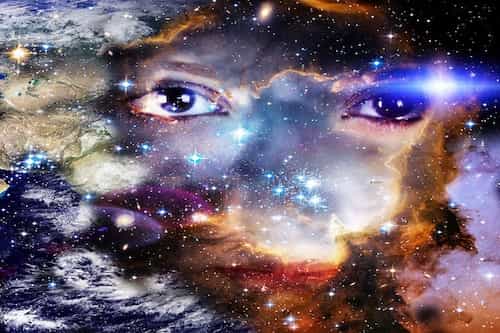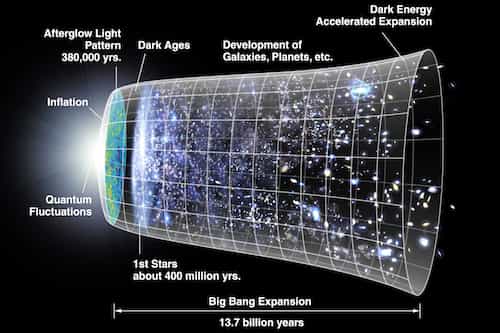Moon: Facts about Moon. Theories of moon formation.


Satellite of planet earth: Tour of the Moon
Starting from the satellite of planet earth our moon. The Moon is the Earth’s only real satellite and was formed 4.6 billion years ago around some 30–50 million years after the formation of the solar system. The Moon is in synchronized rotation with Earth meaning its same side is always facing the Earth. The Moon rotates around itself in 27.5 days and takes the same time to go all the way around the Earth with a mean speed 3,683 Km per hour. It is almost at a distance of 30 times the diameter of earth i.e 384,000 km, and light takes 1 second to come from the moon. The Moon has much weaker gravity than Earth, due to its smaller mass. So you would weigh about one-sixth of your weight on Earth. Moon has no atmosphere. This means that the surface of the Moon is unprotected from cosmic rays, meteorites, solar winds, and has extensive temperature variations. The absence of atmosphere means no sound can be heard on the Moon, and the sky always looks black. Because of no atmosphere it is therefore at 123 C in sunlight and freezes at -152 C in shadow. 1969 human footprint on the moon is still there as there is no atmosphere to disturb that.
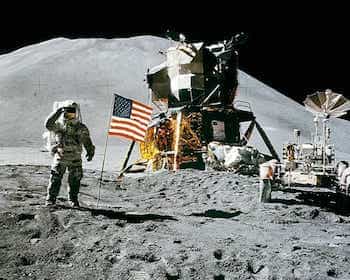
Moon: Exploring Efforts
The first unmanned mission to the Moon was in 1959 by the Soviet Lunar Program with the first manned landing being Apollo 11 in 1969. Russian were the first to explore the moon of earth, took pictures of the backside of the moon and then was the first land of Unmanned shuttle Luna9 in 1966. That’s why most of the names of the backside of the moon are Russian names. Much of the information we know today about moon actually came from Apollo Missions (1968-72). There are a total 12 people who walked on Moon. All were American males. The first man to set foot on the Moon in 1969 was Neil Armstrong on the Apollo 11 mission, while the last man to walk on the Moon in 1972 was Gene Cernan on the Apollo 17 mission. Since then the Moon has only be visited by unmanned vehicles.
The phases of the Moon are New Moon, Waxing Crescent, First Quarter, Waxing Gibbous, Full Moon, Waning Gibbous, Last Quarter and Waning Crescent. A lunar eclipse occurs when the Earth is between the Sun and the Moon.

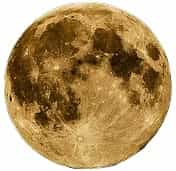
Theories of moon formation
There are four theories of moon formation; first is Fission theory which says that when the earth was forming it split into earth & moon. Second is Sister theory which states that both earth and moon formed same time separately. Third is Capture theory which says that moon is captured by earth’s gravity from space and last theory or hypothesis is the Impact with Earth which says moon formed by the collision of a big object with earth due to which material from earth ejected. Most acceptable is Impact idea as both earth and moon are made up of almost same material although there are not many heavy metals on the moon but that could easily be understood because that impact must be with the earth’s crust which is not rich in heavy elements.
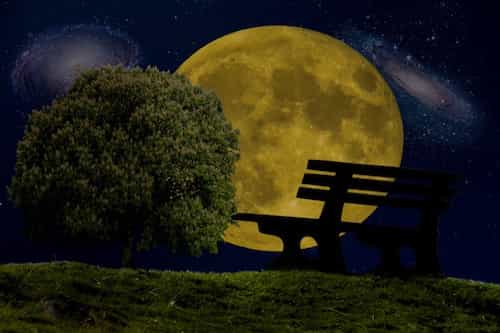
Will come soon!
Will come soon!
Will come soon!
Share this article
Written by : TheLastDialogue
A Synthesis of Religions. O Mankind I am presenting you the case of God,, يا أيّها الجنس البشري؛أنا أقدم لكم "قضية الله, ¡Oh humanidad! Les estoy presentando el caso de Dios, O люди, я представляю вам дело Божие, ای بشر من سخنان خدا را به تو عرضه می کنم., Ey insanlık, ben sana Tanrı'nın davasını sunuyorum, 哦人类,我向你展示上帝的情形, اے بنی نوع انسان میں آپ کے سامنے خدا کا مقدمہ رکھتا ہوں
"The Last Dialogue" is an individual's effort by the Will of his Lord to make this world a better living place, to raise the human intellect for the fulfillment of God’s Will and to invoke God’s Mercy on humans.
The Last Dialogue (thelastdialogue.org) stands as a testament to human understanding, held in high esteem and frequently cited across prominent platforms such as Wikipedia, Reddit, and Quora. Its profound significance is evidenced by the multitude of citations and mentions it garners from scholars spanning various faith traditions, including Judaism, Christianity, and Islam.
It distinguishes itself as the sole religious platform adhering to the noble tradition of not soliciting charity, zakat, or donations – a practice aligned with the true Sunnah of Prophets.
قُلْ مَا أَسْأَلُكُمْ عَلَيْهِ مِنْ أَجْرٍ وَمَا أَنَا مِنَ الْمُتَكَلِّفِينَ
Say, "I do not ask you for this any payment, and I am not of the pretentious.


